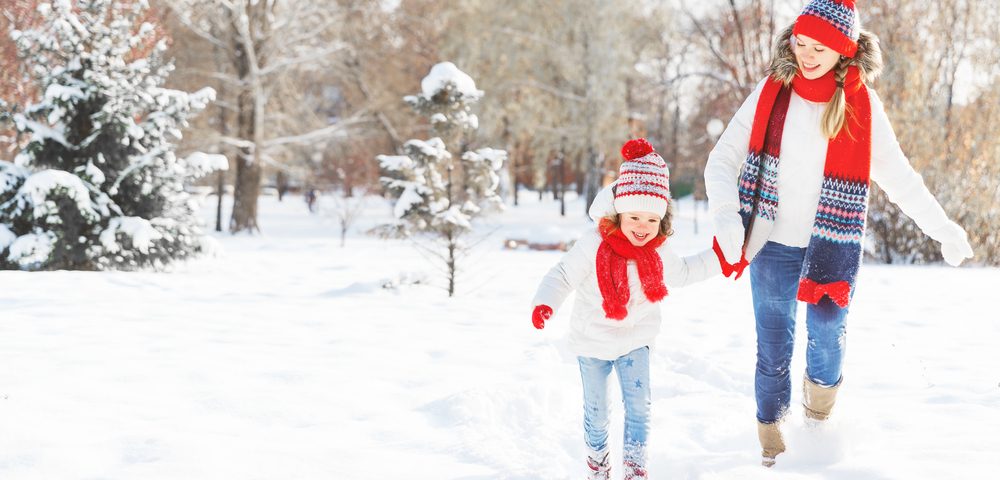Winter Walking Tips for This Season

Ways To Stay Healthy This Holiday Season
October 16, 2017
10 Crazy Factoids about your Corazón!
February 2, 2018Walking may just be the simplest way to stay active — it improves circulation, mobility and balance, helps you lose weight, and even works to prevent osteoporosis. All you have to do is put one foot in front of the other!
But since winter has come around, you’re more likely to hang up your walking shoes, reach for the hot chocolate and grab a seat on the couch, right? That’s a nice, cozy solution but not a very healthy one. Just because it’s not sunny and warm outside doesn’t mean you should hibernate inside all winter — or even restrict your exercise to the gym.
Here in South-East Idaho, the outdoors become a winter wonderland full of life and picturesque landscapes. Walking during the winter months is almost like you are part of nature; walking in the midst of the howling winds, blowing snow, and a bright sun makes it an extremely invigorating and almost meditative experience.
Ready to get moving outside? Here’s some advice that will help you stay safe and warm when you’re walking in winter and really enjoy one of nature’s gifts.
Ease into it
Start slowly to give your muscles a chance to warm up. Rushing into this will only leave you with sore muscles and a wrong impression.
Walk at a moderate or slow pace
Winter roads and paths can be icy. The bigger your strides, the higher your risk of falling. If you need extra support, try using a walking stick or a trekking pole to help stabilize you.
Bring water
Don’t assume you only need water in summertime. Dry winter air is dehydrating, and you do sweat away water in winter — you just don’t always realize it.
Stay safe
In low-visibility and bad road conditions, you don’t want to walk where there’s traffic. Instead, head to parks, bike paths, high school tracks, or residential streets that draw very few cars. Always wear reflective gear. If it gets really chilly outside, try walking at the mall.
Let someone know
When walking in remote, secluded areas, be sure to tell someone before going to make sure you come back safely. Or better yet, bring your friend with you!
Aim to wear three layers
It’s better to have and not need the extra layers during a winter walk. You can always peel the layers off if it gets too hot.
Avoid cotton
Wear materials that will keep the moisture away from your skin, so you won’t get cold. This goes especially for your feet where blisters are a big concern.
Wear gloves
Grab ski gloves if it’s snowing. A hat and a neck gaiter (a muff for your neck) will help keep you warm. If your ears, hands or head get too cold, go inside.
Protect your eyes
Wear sunglasses or, if it’s snowing, goggles with a light-colored lens, to protect your eyes from snow glare.
Try studded outdoor walking shoes
These give you extra traction on slippery surfaces. Lightweight hiking boots are a good option, too, but stay away from heavy boots that are geared for climbing. If you have some, snow shoes work the best overall.
Don’t layer your socks
There’s a good chance you’ll get blisters that way. Instead, wear thin socks designed to keep feet warm (try Thorlo or SmartWool).
This winter season, instead of feeling stuck and forced to stay inside, let’s get out there and enjoy the wonder that the snow and cold brings by doing winter walks. If you are unsure about what to do or if you have any questions, come see Dr. Clifford at Clifford Family Medicine today, where patients are family!



